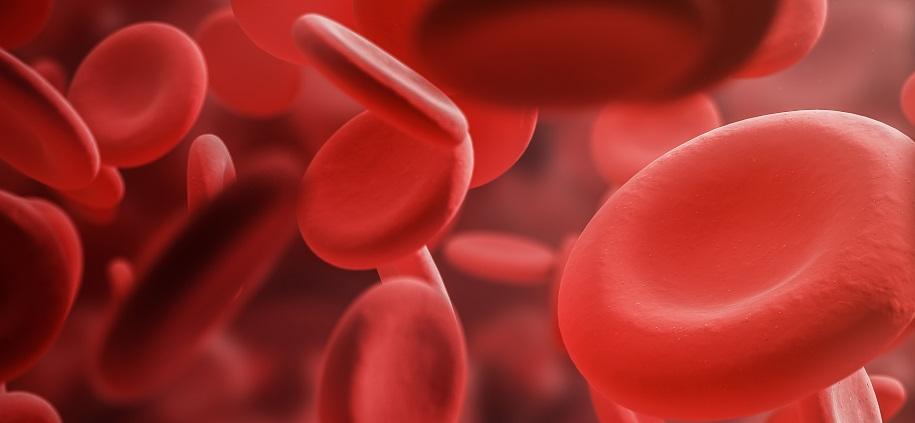Overview
The clinical onset of Alzheimer’s disease (AD) is preceded by a long preclinical period which represents a crucial window to apply disease-modifying strategies. The cornerstone of this opportunity is to understand the biological processes implicated, and how these processes interact to produce progressive brain degeneration. Among these mechanisms, one open question is the role of blood-brain barrier (BBB) dysfunction. The BBB is a highly specialized structure that regulates the exchange of molecules and cells between systemic blood flow and the interstitial brain space, creating a proper environment for neuronal functioning and survival. Although the literature shows BBB damage in people with dementia, it is not clear if this damage is already present during the AD preclinical stage. Most importantly, little is known about the interaction between BBB dysfunction and other factors involved in AD development, such as cerebral small vessel disease and the activation of glia, the cells in charge of brain immunity and nutritional support of neurons.
Project Details
We will leverage a community-based cohort study which I have been involved in since its launch. This study enrolls individuals older than 55 years without dementia and evaluates them with neuropsychology, neuroimaging, and plasma and cerebrospinal fluid (CSF) AD biomarkers. Our strategy is to use previously banked plasma and CSF samples from this cohort to assess BBB by using specific molecular markers. Then, we will investigate the relationship between these markers of BBB dysfunction with 1) AD pathology; 2) cerebral small vessel disease; and 3) glial activation. We will incorporate highly innovative methods such as the quantification of white matter abnormalities in brain scans, as a marker of small vessel disease, and a novel biostatistical technique to determine cut-off points of BBB markers that will inform if a given value is normal or indicative of BBB dysfunction. Thus, this project will expand our knowledge about the role of BBB in the cascade of interactions between AD pathology, vascular damage, and neuroinflammation. This study will also form the foundation of future longitudinal projects to assess the implications of BBB dysfunction in AD progression. Once completed, these studies will foster our understanding of preclinical AD biology, a crucial step in developing new therapies.





